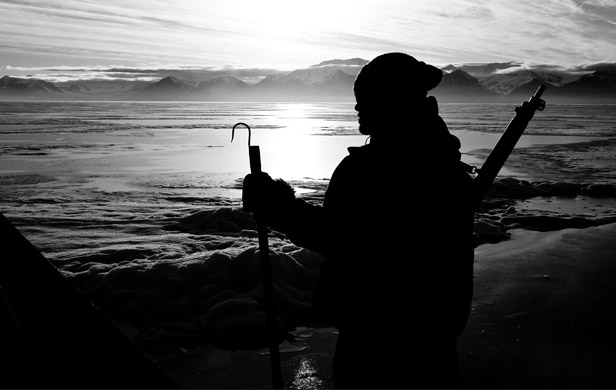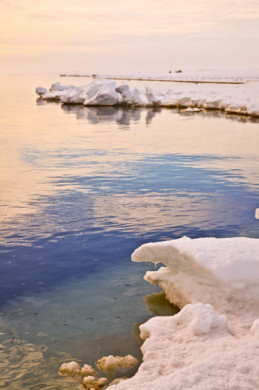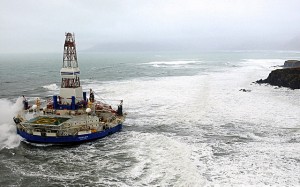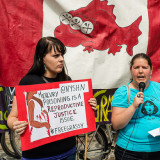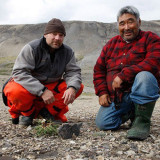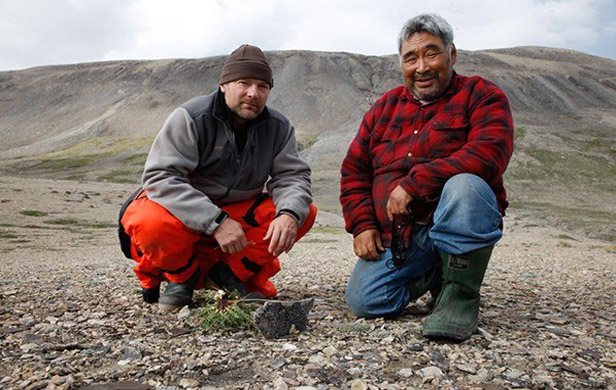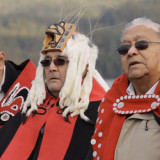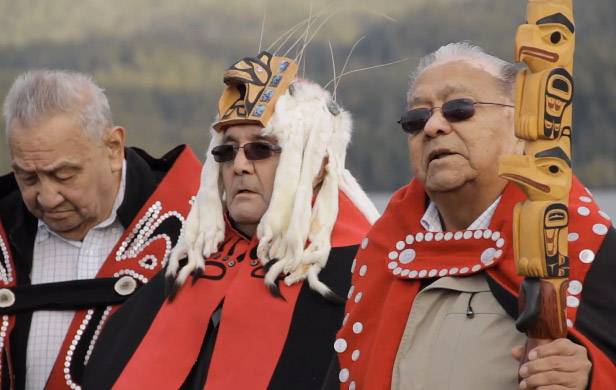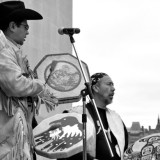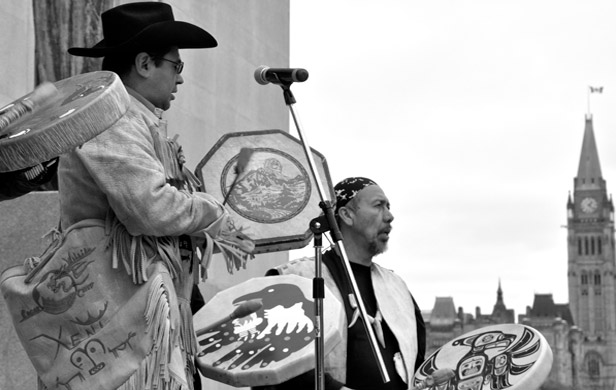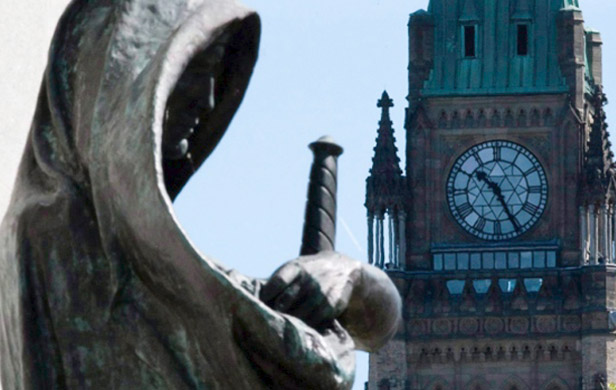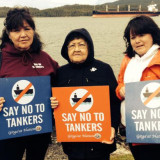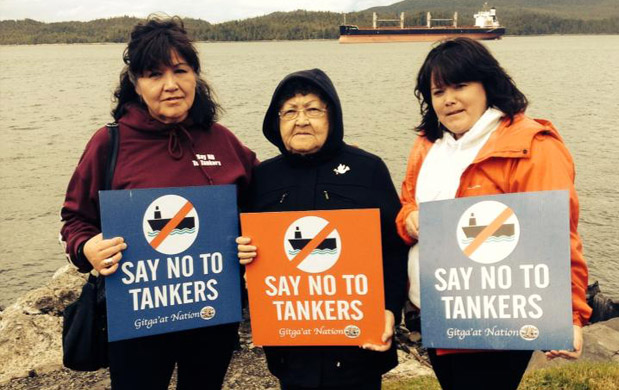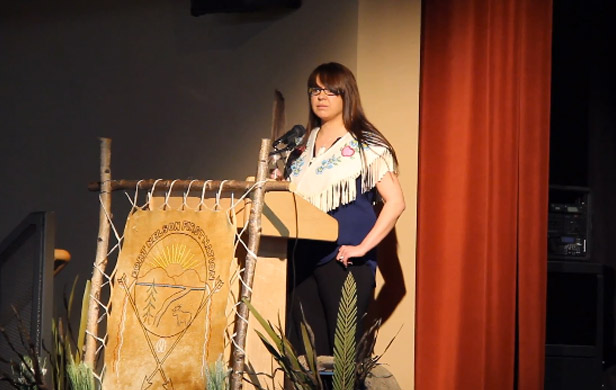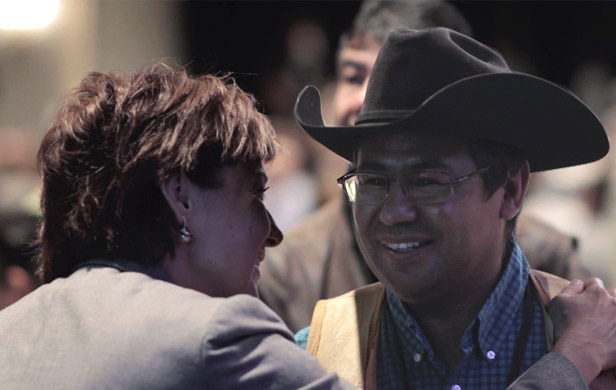
This is the story of change.
Premier Christy Clark is to be congratulated for going to the Nemiah Valley and meeting with the Tsilhqot’in First Nation leaders about their position on land claims now that they have won a landmark Supreme Court of Canada decision.
It is easy to say “about time”, except that same criticism could be applied to several premiers, going back years. I believe this is the first time a BC premier could have made such a visit and that we all had to have a very big wake up call before such a commitment was possible.
Move significant for all British Columbians
There is no question that this signals quite a change in the attitude of the current government. It also, however, signals quite a change for the people of British Columbia.
I can only relate my own experience – which I have done – which was a long, slow epiphany from the attitude I started out with as a boy in British Columbia to what I have now.
They didn’t teach us this stuff in school
I grew up in a very traditional background in the 30s and 40s. I’m not going to relate now what our attitude towards “Indians” was because it would be insulting. Suffice it to say we had no understanding whatsoever of the aboriginal peoples of British Columbia.
This is not surprising when you consider that we learned absolutely nothing about aboriginals when we went to school. That’s not quite true, we learned all sorts about aboriginal peoples in Ontario – the Algonquins, Iroquois, Huron and so on. That’s because we all used Eastern textbooks. As to the Haida, the Shuswap, or Musqueam, we were totally ignorant.
My ignorance carried on until very recent times. My observations tell me, however, that I did very little other than reflect the views of other British Columbias who were, like me, moving – at a glacial pace, perhaps – towards a better understanding of what aboriginal peoples stood for and what they meant to our overall community.
Series of legal victories changed the game
Much of the learning process came with pails of cold water from the court system. Decision after decision taught us what the Constitution of Canada plainly said but we did not believe. Many of us did not like what we originally heard.
In my own case, I can say that the light went on and I realized that it didn’t much matter what any of us might have wished the Constitution said, we had to live with it as it was. As time went on it became pretty clear to me and I’m sure to many others that we ought to be respectful of the Constitution because it was in fact right, where we had been wrong.
We simply took the land
As I thought about it, it was not rocket science. The Europeans had come to British Columbia and simply taken the land that they found, created their own land registry system – and Bob’s your uncle. That this was not satisfactory ought to of occurred to us a long time ago but didn’t. It all seemed so right. We had conquered them, hadn’t we?
In fact we hadn’t, and even if we had, modern international law does not regard conquest as the end of the matter. In any event, the laws we as Europeans had made bound us to adjust our views and recognize native title.
We have reached this point where we must adjust and we must make accommodations. We have no choice but to accept the fact we cannot do as we please with native land or disputed land. And that, in my view, is as it should be. That premier Clark has recognized this and is making moves towards establishing lines of communication is a very good thing.
Mount Polley a game-changer too
There has been another companion change which I have seen in my lifetime and it’s been a very subtle one. Not long ago, Premier Clark, after the Mount Polley disaster, flew over the lake and made the idiotic statement that she would make it pretty again.
Perhaps that wasn’t so idiotic after all because she probably touched a nerve with all of us. Impossible though it may be to change the topography of the area, we all felt the loss of the beauty concurrent with the dam disaster. Perhaps we couldn’t do anything about it and maybe it was silly to pretend we could, but we very much wanted it cleaned up and we were angry about our loss.
People starting to care
For most of my life, industry has been able to move in and tote up the value of the area in terms of timber, minerals, and so on, and the value of the beauty of the area was not part of the equation. We never thought we could quantify a beautiful mountain, lovely lake, or a gorgeous ocean shore. Those things were there, they were ours, but they were not quantifiable in terms of monetary value. As a consequence we simply accepted the fact that they would be impaired or destroyed. We didn’t like it, but we had no choice.
That has slowly but surely changed. I live in Howe Sound and the people of my area are appalled at what may happen to us if there is an LNG plant in Squamish, the trees of Gambier island destroyed or a rock quarry goes into the mouth of McNab Creek. It is not just the traditional concerns that are being expressed – it is the aesthetic values that are front and centre and being expressed in strong terms.
Companies have never understood this nor have the governments that they run. If you were to speak to somebody like the big-mouth easterner, Joe Oliver, minister of finance, who is always flapping on about how BC must accept these desecrations, you would see an indifference to such things as the beautiful mountains, lovely oceans, lakes and so on. That simply does not compute in the minds of people like Oliver, nor the prime minister. These are just not factors to be considered.
Corporations will have to face change
It is much different with the people and changing every day. While Enbridge and Kinder Morgan are stunned at the attitude of people towards their trees and rivers, they and their client governments will have to change. They will have to change because people have changed and insist that those changes they recognized.
People change – perhaps “evolve” is a better word. British Columbians have altered their views on questions of aboriginal peoples and the quantifying of our beautiful surroundings which, just as timber and minerals, have a value. Those changes are new and permanent.
The governments and industry are going to have to adjust to that.
Lead lawyer in Tsilhqot’in Williams Case presents alternate history of BC (from 2008):



